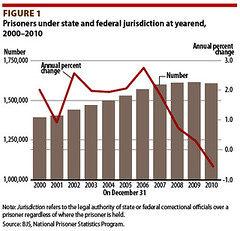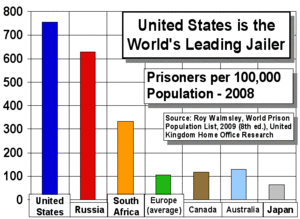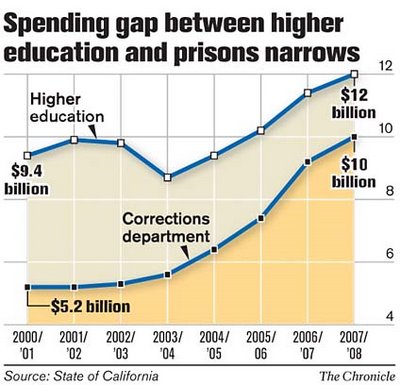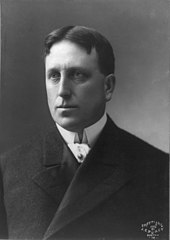This is what eventually happens in a country with 5% of the world’s population yet 25% of the world’s prisoners, in a state that has 1 in 13 adults in the prison system (jail, prison, probation, or parole): prison violence the prisons can’t deal with, possibly including the mysterious violence at Valdosta State Prison. When we stop locking up so many people by ending the war on drugs, we’ll have plenty of money to adequately secure the few remaining real violent offenders.
Rhonda Cook wrote for the AJC Saturday, Gang violence in prison is increasingly deadly,

In a little more than 10 months, 12 inmates and a guard have been stabbed to death in Georgia prisons, a dramatic uptick in violence that law enforcement officials and human rights advocates agree points to increased gang activity.
“We cannot remember a time like this when we were getting this volume and severity of violence,” said Sara Totonchi, executive director of the Southern Center for Human Rights, which monitors prison violence.
People who go into such prisons, if they aren’t already violent, are likely to be taught to be violent, and some just don’t come back out. Yet those that do get out can be bad for the rest of us:
Continue reading











